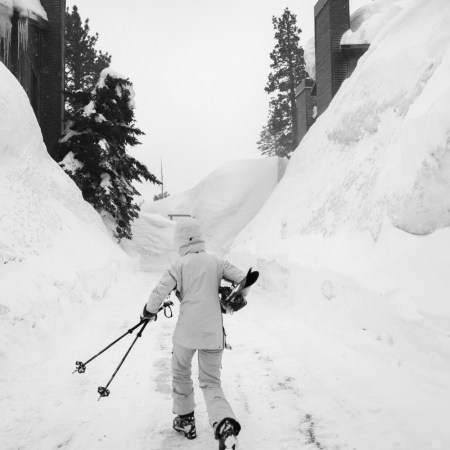In 1966, storing a radioactive military base under a seemingly infinite supply of snow seemed like a safe bet.
Fifty years later, though, we may need to reevaluate.
Camp Century, an abandoned U.S. Army base, is starting to emerge from Greenland’s melting ice caps. Researchers expect it to leak toxic and radioactive waste into the surrounding atmosphere by 2090, along with an estimated 9,2000 tons of physical materials and 53,000 gallons of diesel fuel that could run into the ocean via meltwater.
The site was home to “Project Iceworm,” from where the U.S. planned to fire nuclear missiles at the Soviet Union if a war broke out. The structure itself wasn’t a secret to the public, but its true purpose — housing nuclear weapons — wasn’t revealed until 1995. It was the first phase of a much larger project aimed at creating an underground highway of tunnels across more than 52,000 square miles of Greenland’s largely uninhabited land masses; eventually, the continuously shifting ice sheets made the project unfeasible, and the army abandoned the base in 1966.
But now, with Greenland’s ice sheets melting at a rate of 8,000 tons per second, it’s going to be difficult for the army not to face up to their past. Liam Colgan, a climate scientist at York University, says NATO allies have to show they can deal with the lasting effects of abandoned nuclear bases. “We’re adding further motivation for more comprehensive discussion of what to do with these abandoned bases in Greenland,” he says.
And here we thought the smell of hot garbage was the worst of our climate change problems.
This article was featured in the InsideHook newsletter. Sign up now.





















